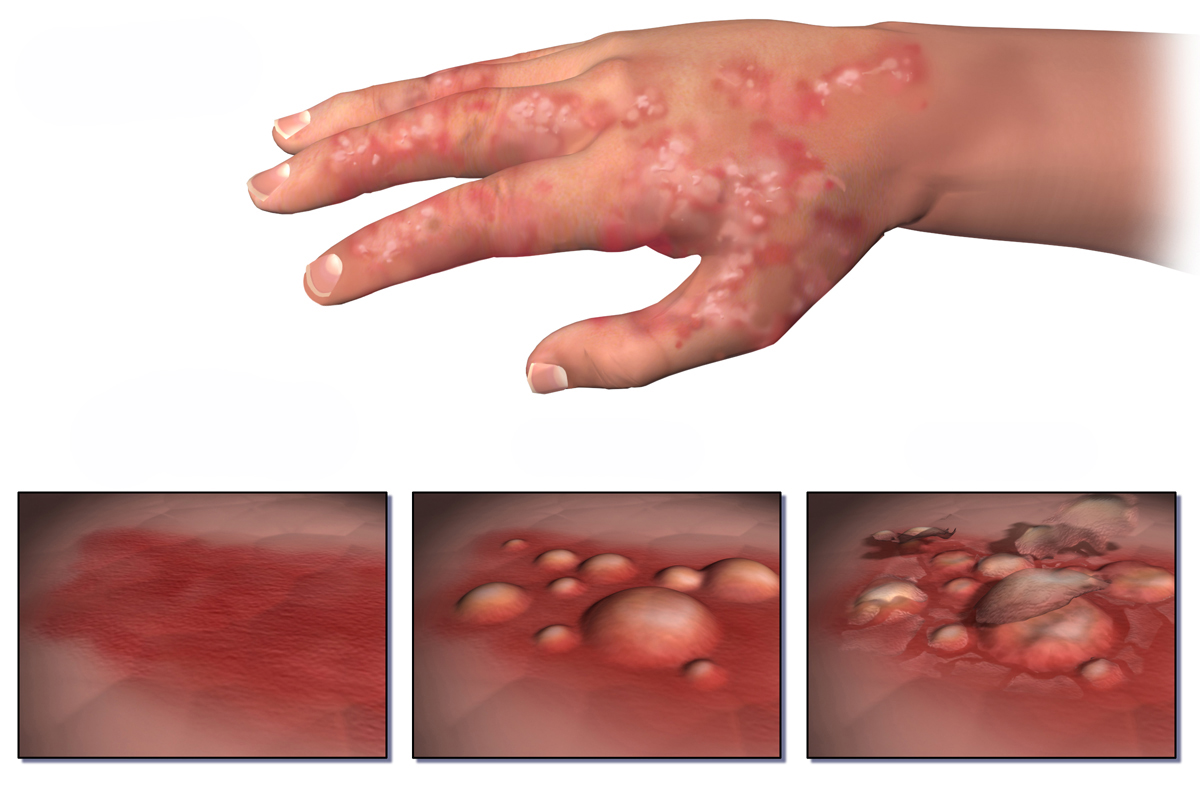
Adults and SeborrheicEczema
Thiscondition in adults develops and starts to appear first in the scalp region of a person’s head in the form of dandruff, and it has the tendency to evolve into redness, followed by skin irritation and intense scaling. In time, this transforms into the seborrheic eczema. Given the nature of the scalp inflammation, the eczema soon starts to spread on the face and neck region. The most affected parts of the face are the temples, the folds at the nose side and the neck side as well, and the eyebrows.
Theinfected area has a reddish outlook and frequently sheds white and tiny flakes of the skin. This particular type of eczema can show its unpleasant side especially in the area behind the ears, where there is a tendency for the appearance of larger in size and greasy in outlook scales that glue themselves to the skin and the hair that is situated in the vicinity. It also tends to induce irritations on the interior of an ear. Unfortunately, the cause of this type of eczema is yet to be discovered. Some in depth investigations into this have suggested that one particular kind of yeast – more commonly known as the pityrosporum ovale or malassezia furfur, is most frequently found present on the skin of the greatest majority of people suffering from this type of eczema. Given the fact that additional researches need to be done on the subject, it still remains to be confirmed whether this particular yeast is actually the primary culprit for the developments of this eczema, or is just a mere accompaniment. What is known about this yeast is that it flourishes especially in those body areas which consist of larger numbers of glands of the type known as the sebaceous.
Also, one important thing to bear in mind is that seborrheic eczema, with the employment of proper treatment technique, can be treated and healed with a great success rate in the greatest majority of cases.
SeborrheicEczema and Children
Asfar as children are concerned, the seborrheic eczema occurs most often in infants, which are less than one year old, and is also possible between the second and sixth month post natal. The areas that are affected the most are the nappy area, with a fairly quick spreading rate catching the neck, face, and thescalp. Treatmenttechniques that have given the best results are treatment by use of emollients, soap substitutes and bath oils.




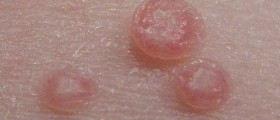
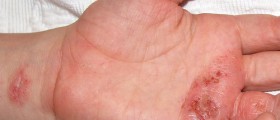

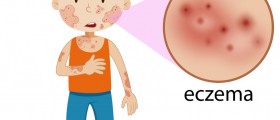


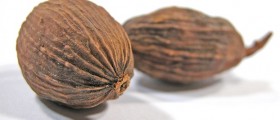






Your thoughts on this
Loading...